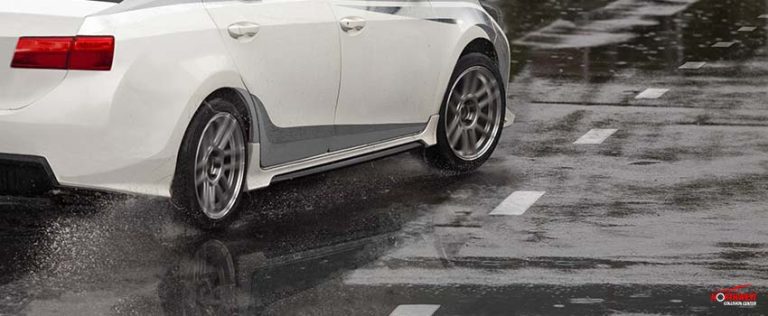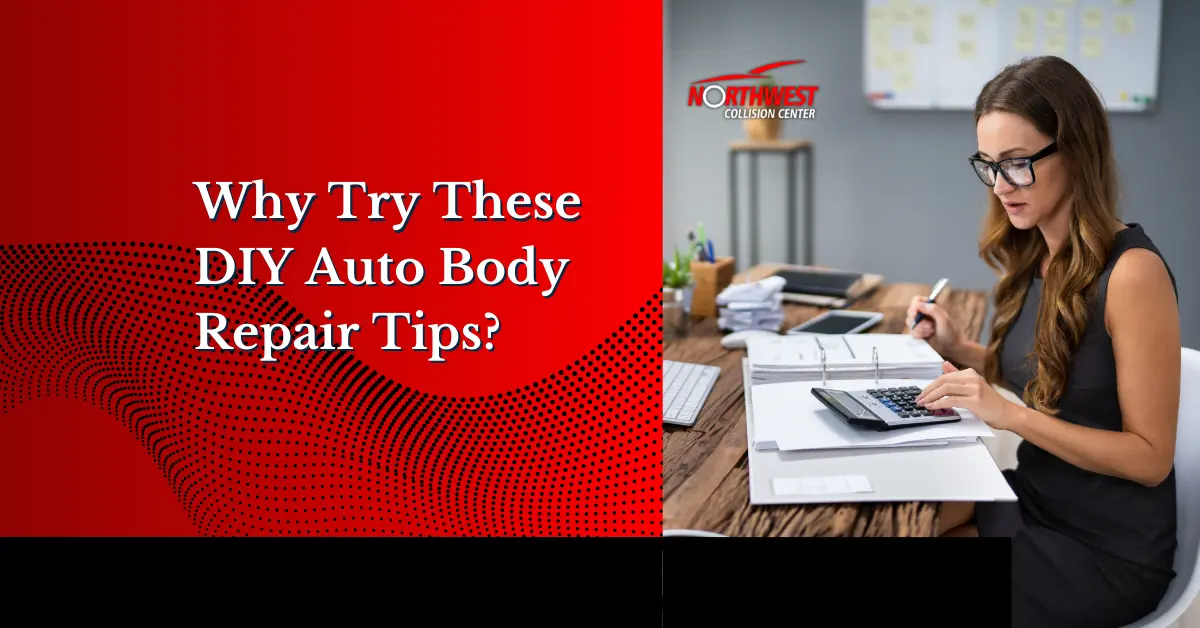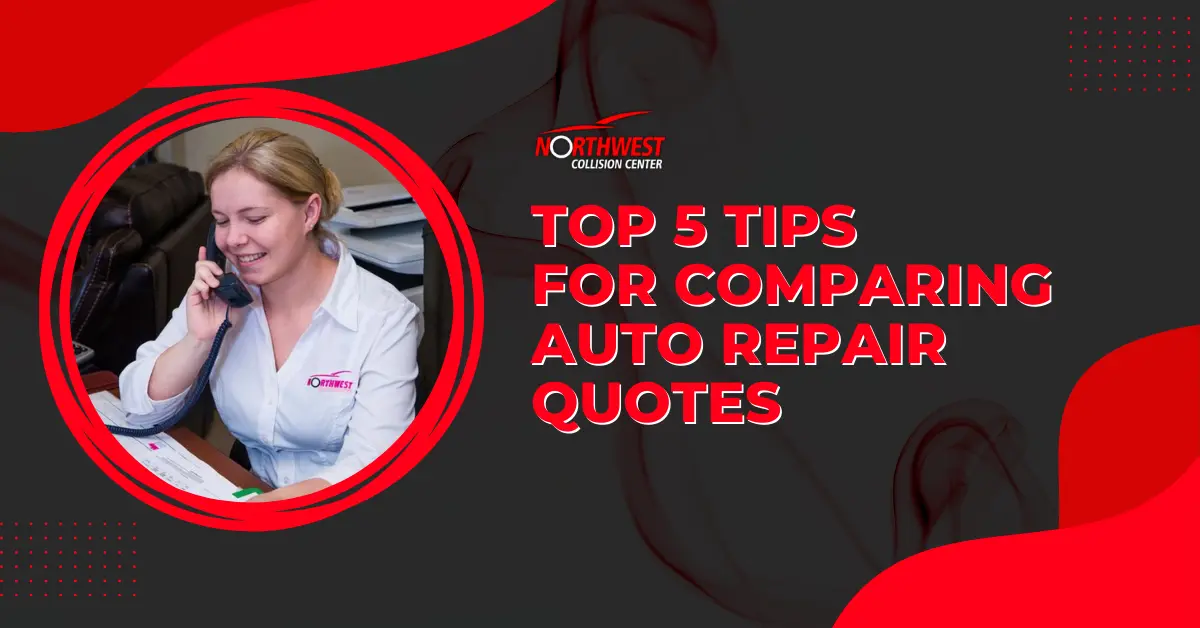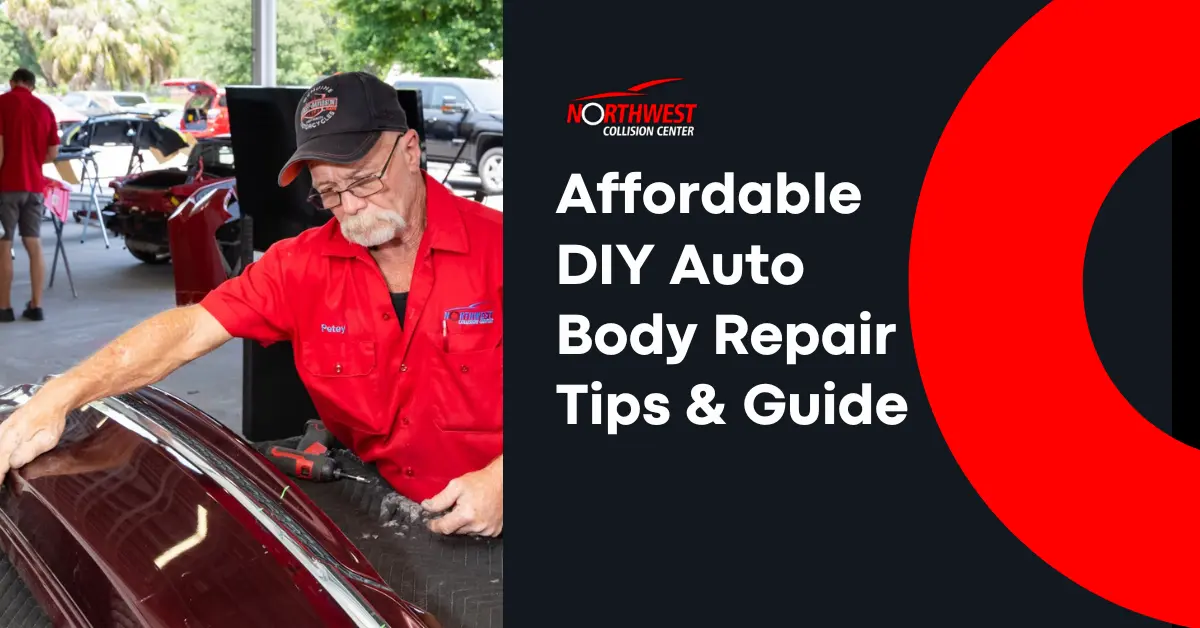What is Hydroplaning?
Hydroplaning refers to the sliding or skidding of a car’s tires on a wet surface. It is a phenomenon where your tires appear to be floating on a small amount of rainwater, causing them to lose traction. Hydroplaning is dangerous because it can occur without warning and can lead to serious injuries, especially when the loss of tire traction leads to the loss of power control, steering, and braking.
Causes of Hydroplaning
Hydroplaning takes place when there is water that builds up in front of the tires faster than the capacity of your vehicle’s weight to push it away. Still, other than water and car weight, there are several other variables that will come into play to complete the phenomenon.
1. Vehicle Speed
A good hydroplaning sign is when the road is wet and you’re driving fast. When this is the case, it’s important that you slow down and reduce your driving speed. Although hydroplaning can happen regardless of vehicle speed as long as the conditions are right, experts believe that speeds exceeding 40 mph may just be enough to inspire hydroplaning.
2. Tire Size
Briefly, hydroplaning will involve larger tire sizes. In terms of speed, the greater the contact area of the tires relative to length, the faster is the hydroplaning.
3. Water Composition
It’s not just the water itself that contributes to hydroplaning. It’s also the things that it comes into contact with, including dirt, oil, salts, and temperature. All of these can alter the water and influence the rate of hydroplaning.
4. Water Depth
The deeper your tires go into the water, the faster they will lose traction. However, hydroplaning can also occur when there are thin layers of water involved provided other contributing factors are present.
5. Vehicle Weight
If the speed of the car can influence hydroplaning, vehicle weight produces the same effect. A heavier auto increases the chances of hydroplaning taking place.
6. Road Surface Type
The hydroplane phenomenon happens more often on non-grooved asphalt roads. Streets built from ribbed and grooved concrete are generally hydroplane-free.
How to Avoid Hydroplaning
Since hydroplaning can be dangerous, drivers often panic when they experience it. However, there are things you can do to prevent hydroplaning from occurring:
1. Don’t Cruise
When driving in the rain, cruise control should not be used. This driving option is ideal during family road trips, but not on wet and slippery roads. In a hydroplaning situation, one of the things you should pay attention to is your driving speed.
2. Rotate the Tires
Rotating tires at the recommended intervals helps maintain the tread, keeping it safe from early wear and tear. It also ensures a longer life span for your tires. A well-maintained tire tread is most effective at removing snow and water.
3. Avoid Puddles
This can be a bit difficult when you’re caught in a heavy downpour and water is practically everywhere. Nevertheless, what you can do is to avoid the right-most lanes, which usually have sloped designs for drainage reasons. These areas can be considered a common hydroplaning sign because they involve generally large puddles.
4. Check Tires Regularly
It’s always a good idea to check the tires, especially if you’ll be driving in bad weather. If they need to be replaced, don’t wait until your tires are totally worn out. A new set of tires can be expensive and not particularly worth shopping for at times. However, driving with tires that are past their useful life will only put you and your family in danger. Tire traction is particularly important; if you’re not sure if your traction is still good, there are several traction advisory signs that you can look out for.
5. Drive at a Safe Speed
Keep your speed low but safe when driving in wet conditions. If you decide to drive faster, your tires will have a difficult time pushing the waters away.
6. Don’t Over-steer
All you need is to make small steering adjustments and refrain from turning the wheel too much. Instead, hold it firmly while continuing to drive.
7. Observe Traffic Movement
When trying to determine how to avoid hydroplaning, pay close attention to the cars moving in front of you. They will help you assess the road’s condition. If you notice that too much water is coming off from their tires, it’s a sign that you’re all driving in a lane with excessive water. If this is the case, it’s best if you slow down and carefully switch lanes.
8. Don’t Hit the Brakes
Drive straight without stepping on the brakes even if you can feel the slippery road. Take off your foot from the gas pedal so you can maintain the speed of the car. If you really need to step on the brake, do it slowly and with light pumping actions. If your car has an anti-lock brake feature, hit the brake the usual way, but only if you really need to.
Key Takeaway
Hydroplaning is a condition that happens when your car tires skid or slide after hitting a puddle and they are unable to push the onrush of water away. While hydroplaning is a common phenomenon, it can be dangerous because it can cause your tires to lose traction which, in turn, causes you to lose control of your car.
In any case, it’s easy to find steps on what to do when hydroplaning and they are not that difficult to follow. Generally, they include simple and practical tips like staying calm and keeping in mind a few essential maintenance works like checking the condition of your tires, rotating them to prolong the life of the tread, and replacing the tires when they start showing signs of wear and tear. With the latter, an ideal solution is to take your car to the nearest auto shop.
Northwest Collision Center can advise you on how to avoid hydroplaning.
If you’ve heard of hydroplaning, then you know that it can be a scary and heart-stopping experience. Northwest Collision Center can prevent this from happening to you.
Feel free to visit our auto body shop in St. Petersburg, FL, and our team of expert technicians will do a thorough inspection of your car, including the tires and their traction. We can even share several traction advisory signs that you can refer to when checking the tires. Call us anytime to avail of our top-notch auto repair services.










